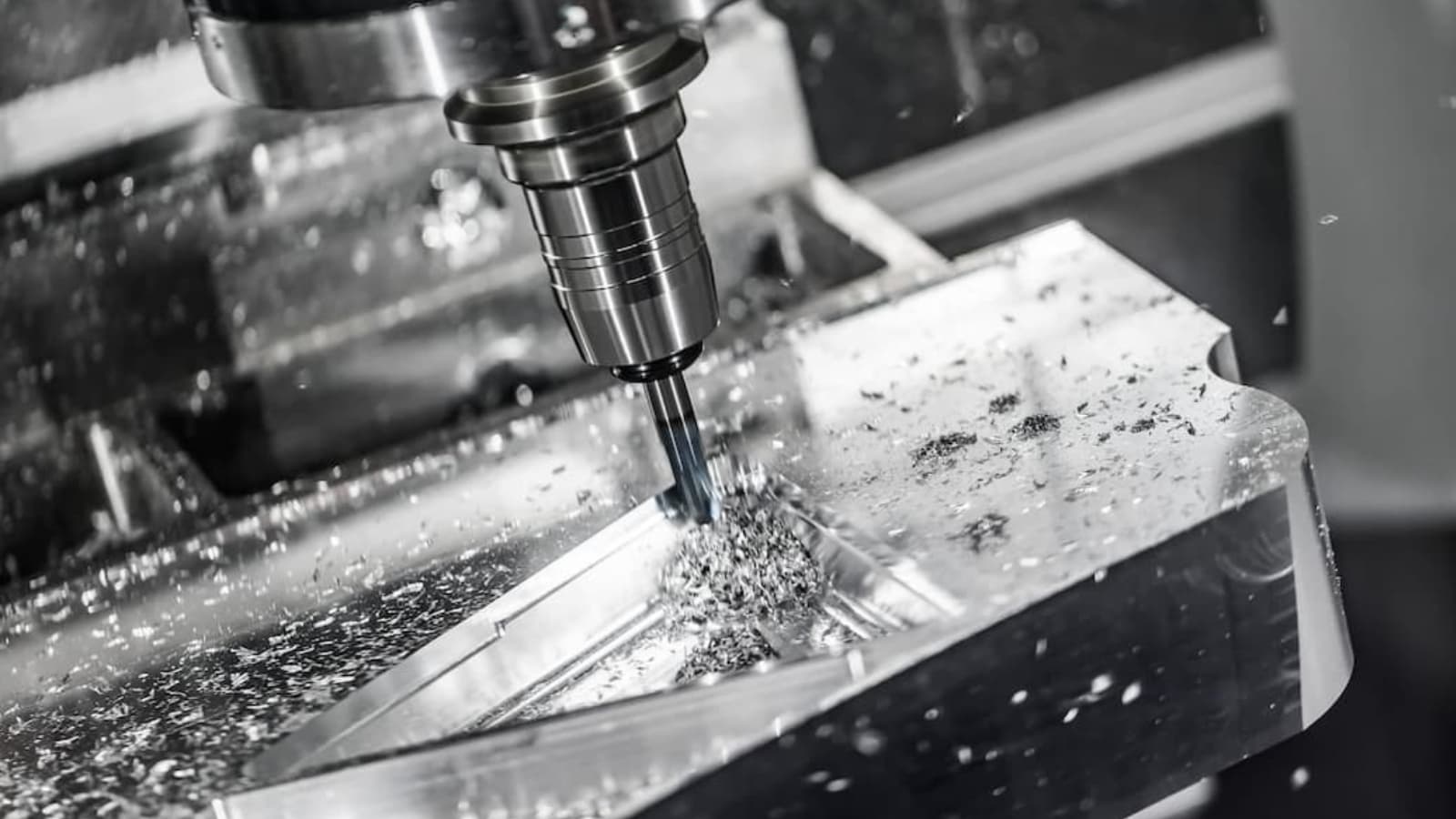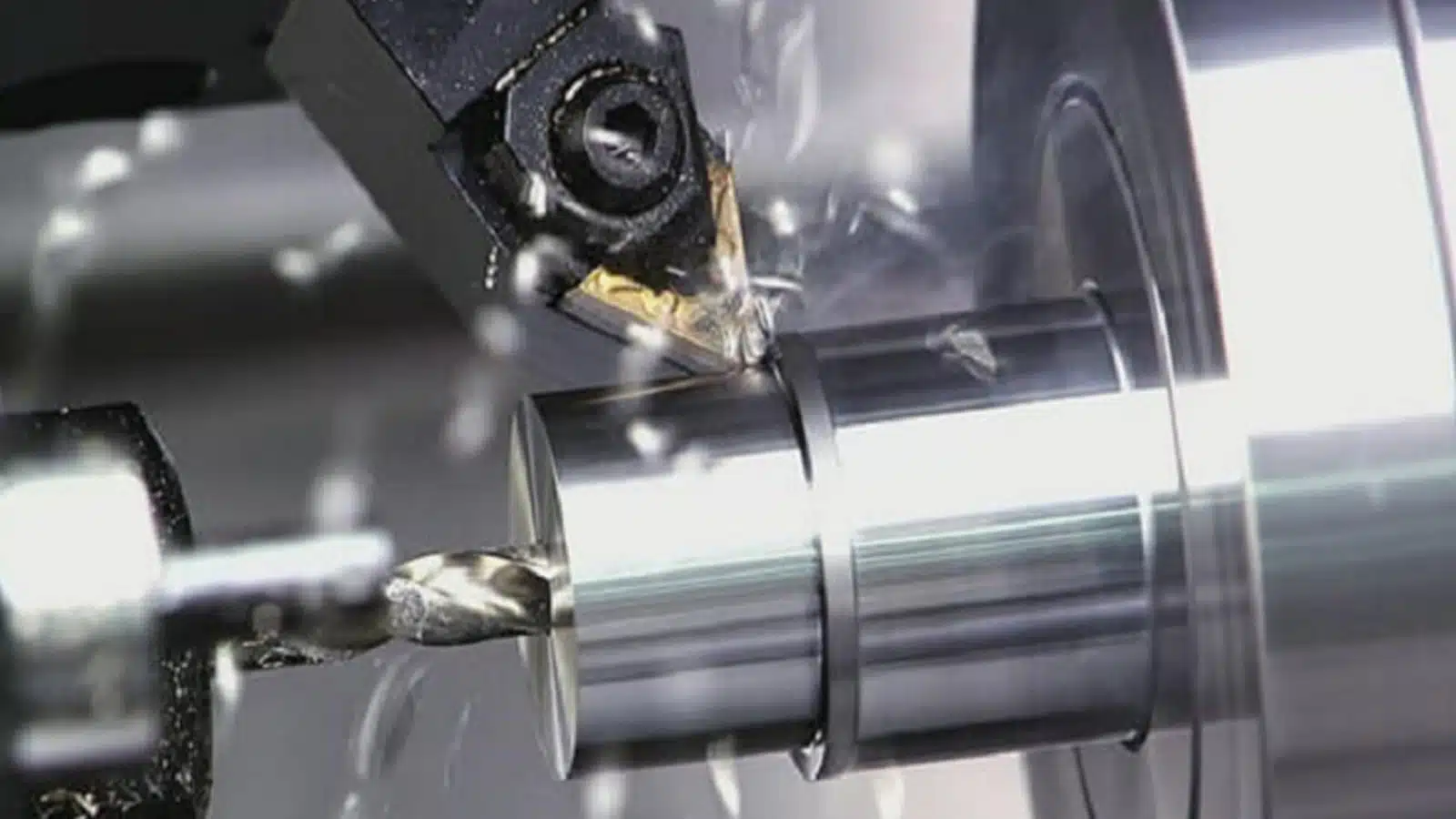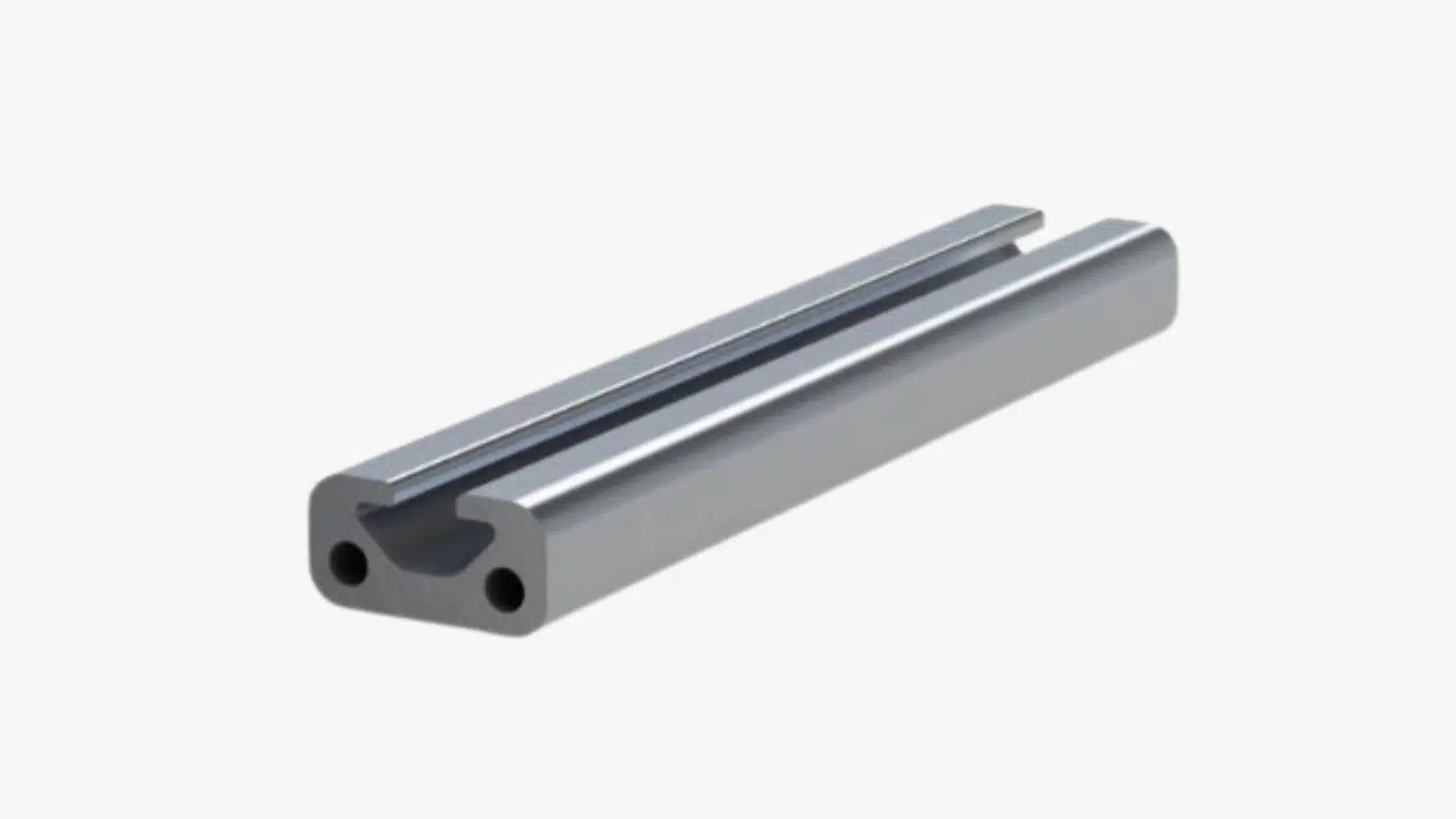The suitability of the material used for a part is very important to the part being able to function in its intended environment. One of such materials that determine the suitability of a material to the project is the hardness of the material. It determines if your project requires a material with high hardness like steel or softer materials.
We all know that using the wrong materials in a project could have a disastrous effect especially when the produced part is part of a larger project. Therefore, evaluating the hardness of your material before production is indispensable.
If you need a substance that can withstand high indentation or abrasion without deformation, you should opt for hard materials. However, materials with high hardness are not necessarily suitable for all projects. You need to consult an expert machining company to know which is suitable for your project.
What is Material Hardness?
Material hardness is the ability of a material to withstand force without deformation, scratching, penetration, and indentation. In other words, it is the ability of a material to maintain its physical features even in the face of applied force.
Hardness varies among many materials with materials like steel having higher hardness compared to others like tin. Some other non-metallic materials like wood and plastics also possess soft metal characteristics.
The hardness of materials depends on several factors, such as its plasticity, elastic stiffness, ductility, toughness, strain, strength, viscoelasticity, and viscosity.
What are the different types of material hardness?
Materials behave differently under different conditions. For example, a material may withstand a huge one-time impact yet, can’t withstand continuous loading. Therefore, you must perform material hardness to suit the needs of your project.
We can categorize material hardness into three. Materials have different values under these different types of hardness. They include:
- Scratch hardness
- Rebound hardness
- Indentation hardness
Scratch Hardness
Machinists define scratch hardness as the ability of a material to resist scratches on the surface. Scratches are narrow continuous lines on the surface of materials. When a sharp, more rigid material brushes through the surface of a softer material, it causes scratches on the surface of such materials.
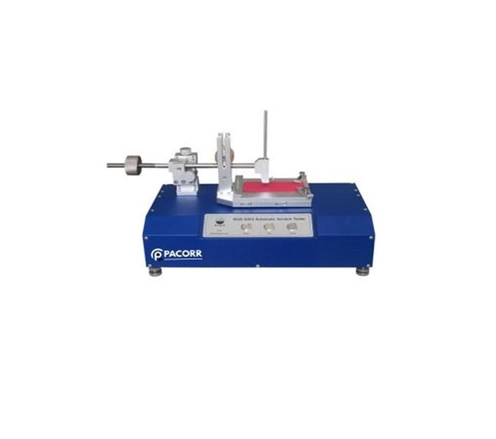
Machinists use scratch testing for brittle materials such as ceramics. Some materials may not reach plastic deformation but can’t withstand scratch. Some designs are sensitive to scratch; thus, you need a material with a high scratch hardness.
For instance, certain parts of a machine may require friction. Using a material with a low scratch hardness, in that case, may not be good enough. This is because, with a little friction, the material may lose its smooth surface and eventually affect the machine’s overall functionality. That means you have to spend more on repair often. You can prevent this by performing a scratch hardness test to know if the material will withstand the friction and not lose its smooth surface.
Rebound Hardness
A synonym for this is dynamic hardness, and it is more of elastic hardness than plastic hardness. Elastic hardness means that a material doesn’t deform permanently. It only loses its shape when there’s the application of an external force. Once there’s the removal of the external force, it automatically regains its original shape. This is not the case with plastic deformation, where the material can’t regain its original shape. Thus, rebound hardness is more of elastic hardness.
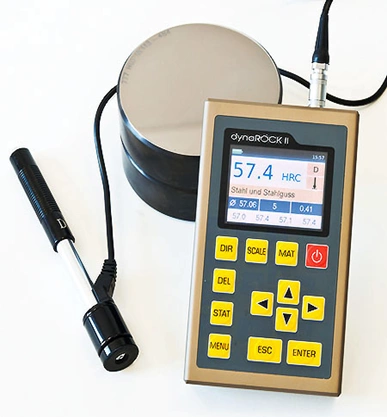
Rebound hardness requires the material to absorb the energy on impact and returns it to the indenter. Machinists use an indenter to test for rebound hardness. The material used as an indenter already has a known hardness which machinists compare to that of the material measured.
You can measure the rebound or dynamic hardness of a material by dropping a diamond-tipped hammer on it. They then measure the hammer’s bound after striking the surface. If the hammer returns closer to the original dropping height, the material has a high value for rebound hardness. On the other hand, if the hammer didn’t get closer to the dropping height, the material has a low rebound hardness.
Indentation hardness
Machinists use indentation hardness to determine the hardness of a material to deformation. It requires indenting the examined material with a continuous load until it forms an impression. Machinists perform indentation hardness tests on both microscopic and macroscopic scales, depending on the material tested and the purpose it has to serve.
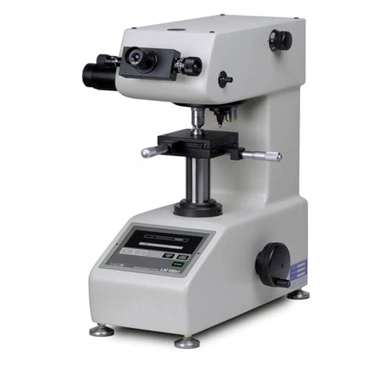
When engineers and metallurgists talk about material hardness, often, they refer to indentation hardness. Measuring the indentation value of material helps you know how much load the material can bear before it deforms.
What Unit is Material Hardness Measured By?
Some machinists often confuse the SI units of hardness with that of pressure. The former has an SI unit of N/mm², otherwise called the unit Pascal. The latter, on the other hand, has an SI unit of (N/m2, or kg·m−1·s−2).
Each of the different types of hardness discussed earlier has different scales of measurement. The units are derived from each measurement method; therefore, they are not suitable for direct comparison. Nevertheless, there’s a conversion table you can manage to use for comparison. We say “manage” because the comparison cannot be 100% accurate, but it gives a suitable indication.
Some common units for hardness measurement include Brinell Hardness Number (HB), Rockwell hardness number (HRA, HRB, HRC, etc.), Leeb hardness value (HLD, HLS, HLE, etc.), and Vickers hardness number (HV). We made a comparison of measurement methods in the table below.
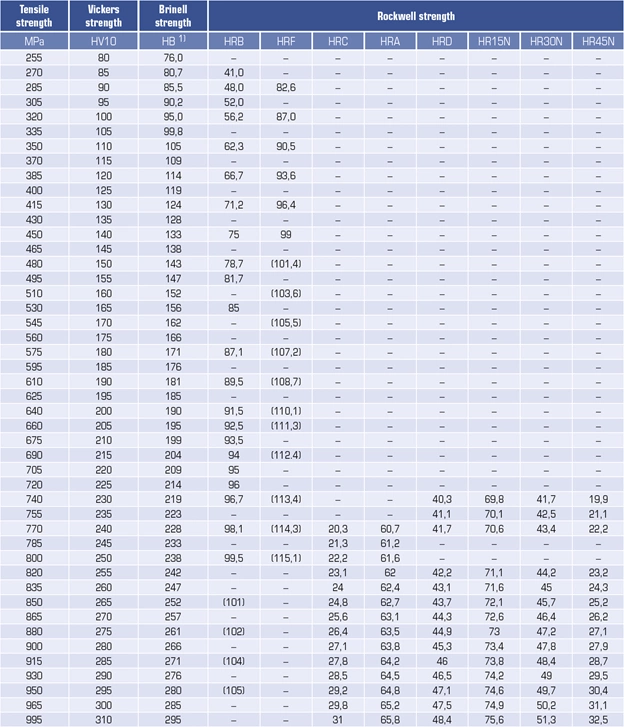
How to Test Material Hardness
Each type of material hardness is measured differently. Below are how to test for every kind of hardness:
The Brinnel test
This is a common hardness test that machinists utilize. First, the machinists get familiar with the testing machine. He makes all necessary settings on the monitor before performing the test.
The principle here involves using a steel ball of 10 mm diameter to create an impression on the test piece. The impression is then calculated to know the Brinnel hardness number of the material.
The machine lowers the ball on the material to form an indentation and left for about 30 seconds. The machinist then applies a force to the ball. The kind of metal under testing determines the force applied.
Some metals may require a load of 500 Kg, while some may require as high as 3000 Kg, which is the standard load. If the indenter is removed, the engineer measures its size by observing with a low-power microscope. He crops out other areas and calculates the average of the measurements at right angles.
After completing the test, the machinists calculate the hardness number using the Brinell hardness calculation formula.

Where,
F – force, N
D – indenter diameter, mm
d – indentation diameter, mm
Rockwell Hardness test
This is another common type of hardness test. The kind of material tested determines the sort of scale used.
There are 30 different scales to choose from; therefore, you can select any one suitable for your material. However, the most commonly used scales are “B” and “C.”
The tester applies a minor load first before applying the testing load. The minor load helps to appropriately fix the indenter into the test sample and eliminate any form of surface irregularities for a more accurate result.
He then lowers the indenter into the material to create an impression by applying the major load. He measures the impression to determine the hardness. The tester then determines the increased indent dimension by calculating the hardness value.
The formula for Rockwell hardness is:

Where,
N – scale factor depending on the scale used
s – scale factor depending on the scale used
d – the depth of permanent indentation compared to minor load, mm
Vickers Hardness test
This is another method of measuring hardness. It is more suitable for soft materials that require lesser loads. Therefore, if you need better accuracy for your soft materials, the Vickers test is best for you.
Vickers uses a single diamond indenter for all materials, making its calculations easier.
The tester first needs to be familiar with the machine before starting. The part is then placed on the machine to find a suitable height using the microscope. You can determine the correct place by checking the images on the screen. When you have a more focused image, then it is well set.
The diamond indenter is lowered to the part and allowed to stay for a specified period.
Lift the indenter and measure the indentation value by using the formula below:

Where,
F – Force, N
d – indentation diagonal, mm
Mohs hardness test
If you wish to measure the scratch hardness, this is a suitable method you can adopt. Traditionally, this test is performed by scratching the material against a reference material with a known hardness. The Mohs hardness test uses ten reference materials with different hardness. The kind of material under test determines the kind of reference to use. The result is then obtained by assigning a numerical hardness value to the test material.
Talk is the softest material used, with a value of 1. The hardest material, on the other hand, is diamond with a value of 10.
A Rockwell diamond indenter is used for the modern Mohs hardness test. The working principle of the machine is similar to this of the traditional method. It involves scratching the test piece for a specified period by a suitable load.
Scleroscope test
You can use the Scleroscope to determine the rebound hardness of materials. You can perform this test by connecting a hollow vertical glass tube to a stand. You’ll then drop a diamond hammer through the tube onto the test piece. The hammer will bounce, and the height of the bounce is what you’ll measure and record. Materials with higher hardness will have higher bounce while soft materials will have low bound.
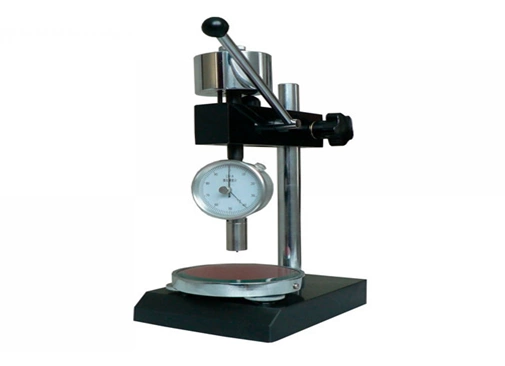
Material hardness chart
A material hardness chart is one of the easiest ways to determine the hardness of some popular types of materials. The chart provides the hardness value of these various materials using various measurement methods. For example, the chart above shows the hardness values of metals like aluminum and titanium using measurement methods like Brinell’s scale. This way, you do not have to evaluate the hardness of your raw material if you’re using anyone off the list.
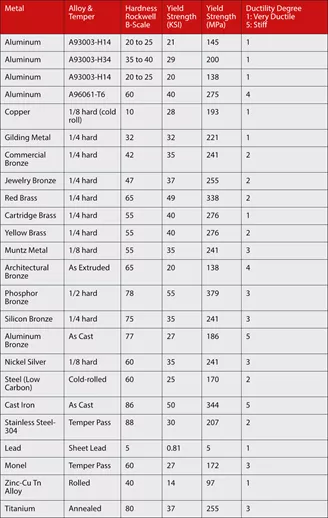
However, you must make sure the chart used is one evaluated under standard conditions.
Conclusion
It is essential to do a proper material hardness test if you desire to choose a suitable material for your project. There are various ways to test for the hardness of your material. Consult an expert company on professional advice about the hardness of your material.
RapidDirect Machining Services
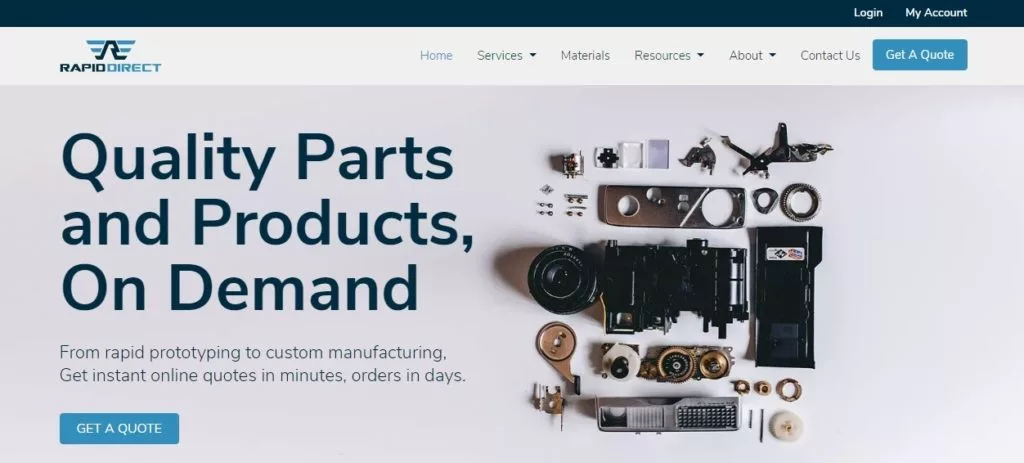
Here’s where your search ends if you have been looking for a company that can offer reliable machining services for any material. At RapidDirect, we analyze your material hardness for free. We are the right company for all your machining services.
We offer cost-effective and on-demand metalworking for low-volume prototypes and high-volume production. By simply uploading your CAD files and specifying requirements, we promise to provide the most cost-effective quotations within 12 hours, along with FREE professional analysis on the suitability of your design for manufacture.
We are experienced and ready to provide technical suggestions for your projects.
